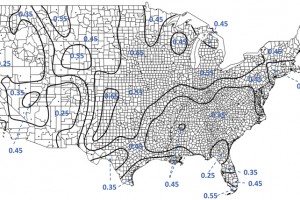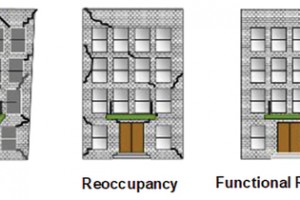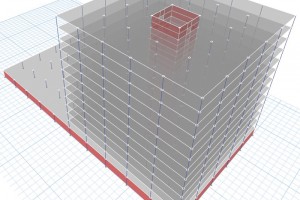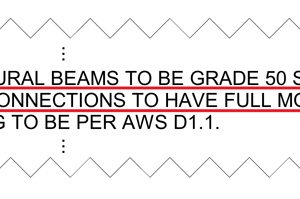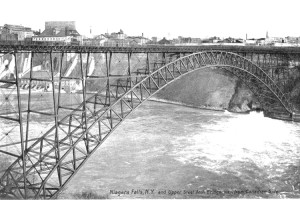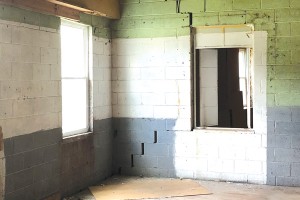Part 1
The American Society of Civil Engineer’s ASCE 7-22 load standard, Minimum Design Loads for Buildings and Other Structures, is now available. Substantive changes have been made to the snow and rain provisions within the standard. In particular, the ground snow loads have been revised to reflect more recent snow load data and reliability-targeted values. In addition, the method for estimating drifts has been revised to include a wind parameter, and the procedure for determining design rain loads has been revised to explicitly consider a ponding head. Some of the more substantive changes are discussed, along with the reasons for these changes. This article is Part 1 of a two-part series and reviews the new ground snow loads and a new winter wind parameter. Part 2 will include the other more substantive changes to the snow load provisions and the new rain load provisions.
…
